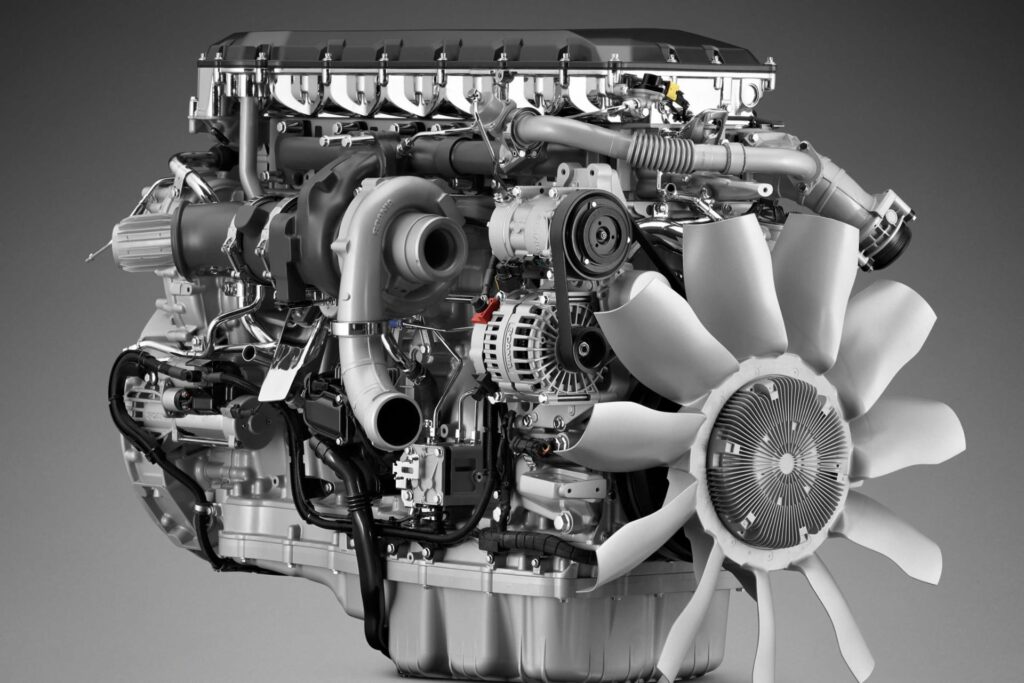Introduction

Diesel engines are powerful, efficient, and widely used in transportation, construction, and agriculture. But while they offer performance advantages, they also contribute significantly to air pollution and climate change. If you’ve ever wondered how engines for sale impact the environment — and what can be done about it — you’re in the right place. In this guide, we’ll break down diesel engine emissions, their environmental effects, and the practical solutions shaping a cleaner future.
What Makes Diesel Engines Different?
Diesel engines operate differently than gasoline engines, and this difference affects both performance and emissions.
- Higher Fuel Efficiency: Diesel engines compress air more than gasoline engines, leading to better fuel economy.
- Torque and Power: Ideal for heavy-duty vehicles and machinery due to their high torque output.
- Durability: Built to last longer, especially under heavy loads.
However, these benefits come at an environmental cost.
H2: The Emissions Problem
Diesel engine emissions are a major contributor to air pollution. Let’s look at the primary pollutants they produce:
H3: Nitrogen Oxides (NOx)
- NOx gases contribute to smog and acid rain.
- They aggravate respiratory conditions like asthma.
- Diesel engines emit more NOx than their gasoline counterparts.
H3: Particulate Matter (PM)
- These tiny particles are made of soot and metallic ash.
- PM can penetrate deep into the lungs, posing serious health risks.
- Long-term exposure can lead to cardiovascular and respiratory diseases.
H3: Carbon Dioxide (CO₂)
- Although diesel engines emit less CO₂ per kilometer compared to gasoline engines, they still contribute significantly to greenhouse gas emissions.
H3: Other Harmful Compounds
- Diesel engines also emit hydrocarbons and carbon monoxide, both of which affect air quality and public health.
H2: The Environmental Impact of Diesel Emissions
The pollutants released by diesel engines don’t just stay in the air — they have ripple effects on the planet.
H3: Climate Change
- Diesel-powered vehicles release CO₂, a leading greenhouse gas.
- Black carbon (a component of PM) can accelerate ice melt when deposited on snow and ice.
H3: Air Quality Degradation
- High levels of NOx and PM contribute to urban smog.
- Cities with high diesel traffic often fail to meet air quality standards.
H3: Soil and Water Contamination
- Diesel leaks and spills can pollute soil and groundwater.
- Runoff from diesel emissions may acidify water sources, affecting aquatic life.
H2: Solutions and Cleaner Alternatives
Thankfully, the environmental footprint of diesel engines isn’t a lost cause. Innovations and regulations are helping to reduce their impact.
H3: Emissions Control Technologies
- Diesel Particulate Filters (DPFs): Trap soot and reduce PM emissions.
- Selective Catalytic Reduction (SCR): Converts NOx into harmless nitrogen and water.
- Exhaust Gas Recirculation (EGR): Lowers combustion temperature to reduce NOx.
H3: Low-Sulfur Diesel and Biodiesel
- Ultra-Low Sulfur Diesel (ULSD): Produces fewer harmful emissions.
- Biodiesel: A renewable alternative that can blend with diesel to lower carbon output.
H3: Regular Maintenance
- Clean air filters and properly tuned engines reduce emissions.
- Fuel system checks prevent inefficient combustion and leaks.
H3: Engine Upgrades and Replacements
- Switching to newer diesel engine models often means better fuel efficiency and lower emissions.
- Hybrid diesel-electric systems can also reduce environmental impact.
H2: Regulatory Efforts Worldwide
Governments around the globe have implemented policies to limit diesel pollution.
- EURO Emission Standards in Europe set strict NOx and PM limits.
- The U.S. EPA Tier Standards regulate non-road diesel engine emissions.
- Many cities now have low-emission zones, restricting older diesel vehicles.
These regulations push manufacturers and consumers toward cleaner technologies.
H2: The Role of Individuals and Businesses
You don’t need to be a policymaker to make a difference. Here’s how you can reduce the environmental impact of diesel engines:
- Opt for cleaner fuels like biodiesel or ULSD.
- Schedule regular maintenance for your diesel vehicles and equipment.
- Upgrade outdated engines or vehicles with newer, eco-friendly models.
- Support green initiatives and businesses committed to sustainable transport.
Conclusion: Moving Toward a Cleaner Future
The diesel engine isn’t going away anytime soon, but its impact on the environment can be reduced with the right technologies and choices. From better fuel options and emissions control systems to stronger regulations and public awareness, there’s a clear path forward.